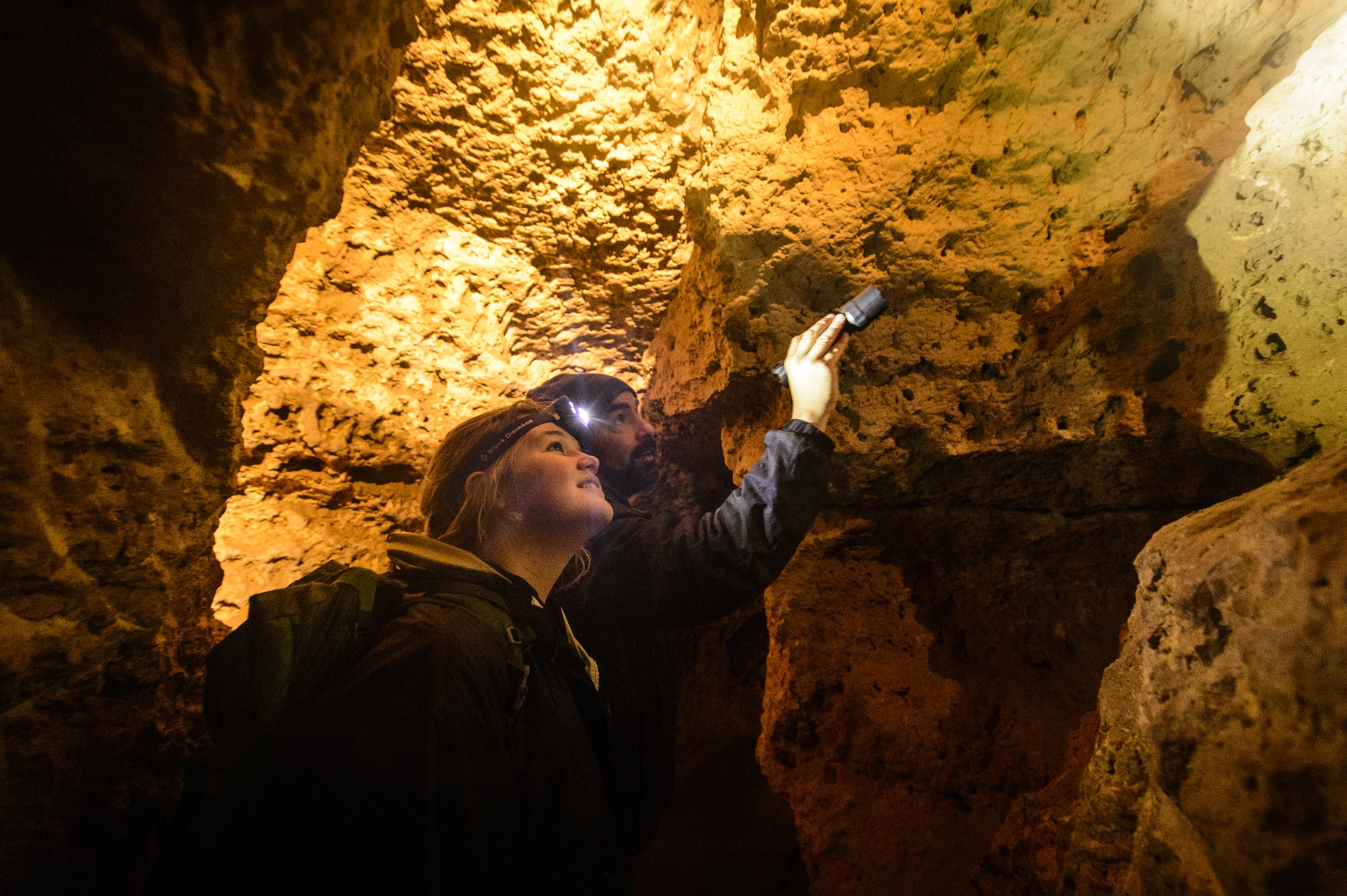Even in their dark isolation from the atmosphere above, caves can hold a rich archive of local climate conditions and how they’ve shifted over the eons. Formed over tens of thousands of years, speleothems — rock formations unique to caves better known as stalagmites and stalactites — hold secrets to the ancient environments from which they formed.

